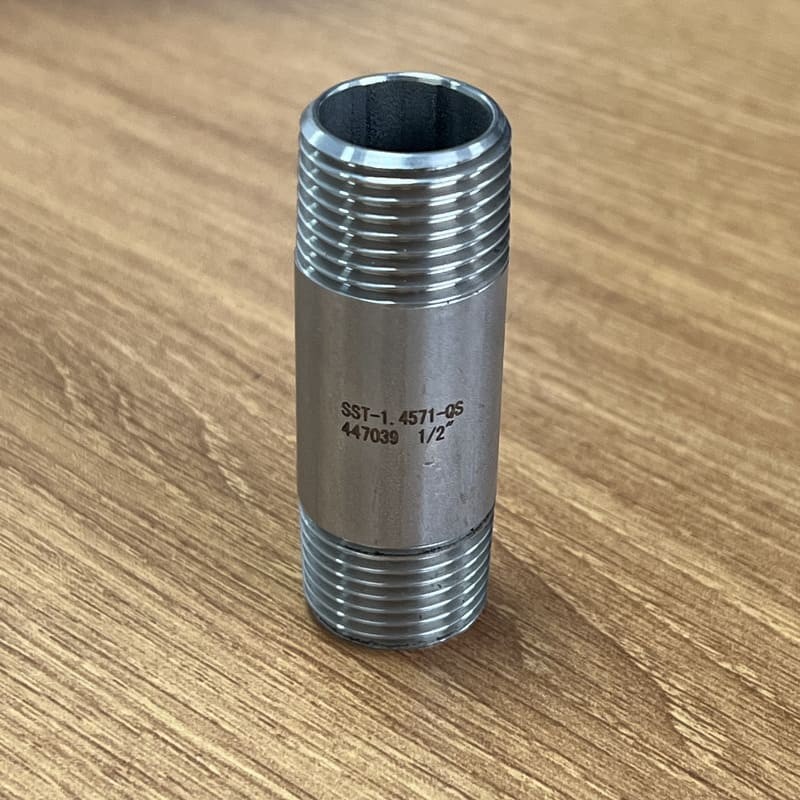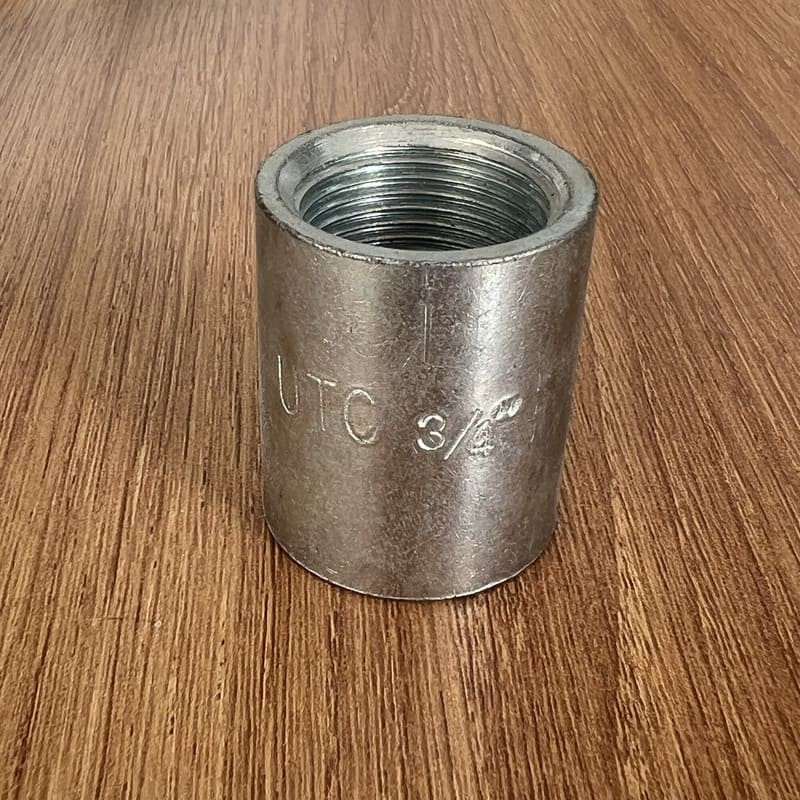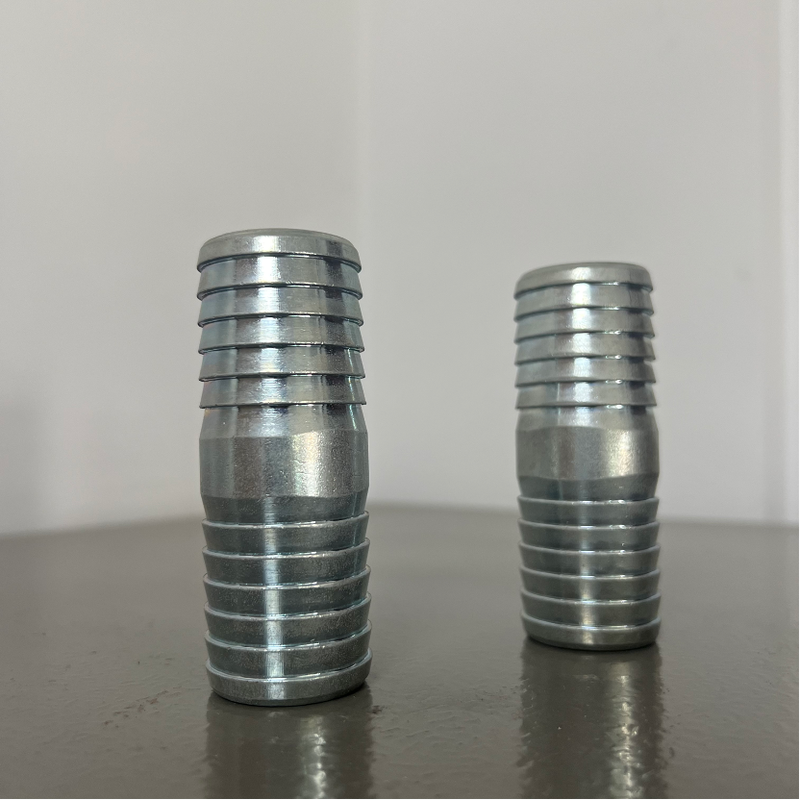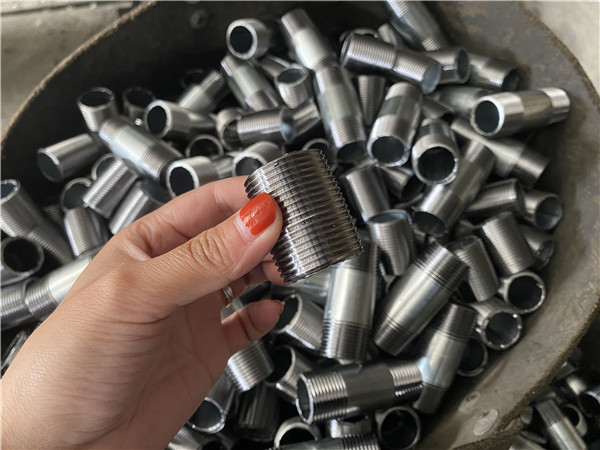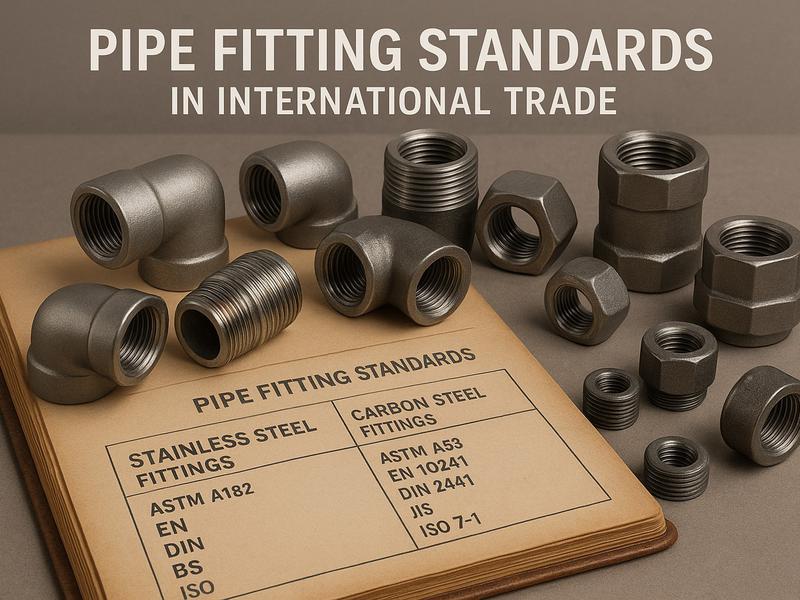This guide will help you learn the most common EN, ISO, and DIN standards for pipe fittings in Europe, making it easier for you to select the right products from us that comply with European requirements and meet your customers.
The common standards for pipe fittings in the European market include EN, ISO, and DIN.
-
EN (European Norm): The unified European Union standard, widely adopted across all EU member countries.
-
ISO (International Organization for Standardization): An international standard system that is also widely applied in Europe, especially for thread types, dimensions, and material grades of pipe fittings.
-
DIN (Deutsches Institut für Normung): The German national standard, which is widely used throughout the European industrial sector for stainless steel and carbon steel fittings.
-
BS Standards (British Standards): Remain influential in Europe and former Commonwealth markets. Many have been harmonized with EN or ISO standards.
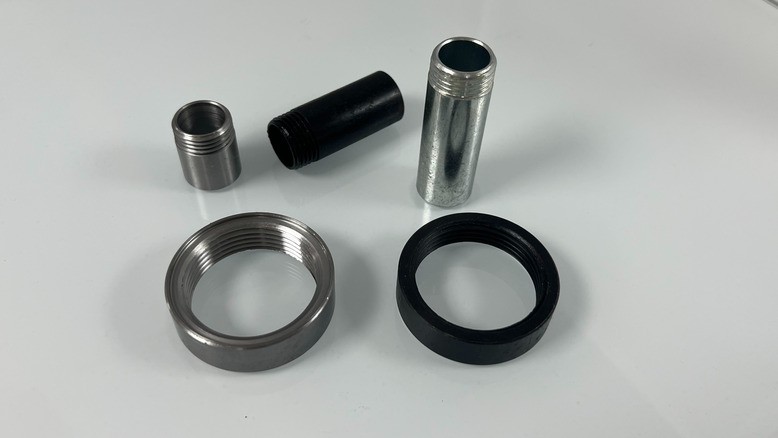
| Types | Standards | Explain |
|---|---|---|
| Material Standards | EN 10241 | Common standards for threaded carbon steel pipe fittings |
| DIN 2982 | Carbon steel threaded pipe fittings | |
| BS EN 10241 | The EN standard version adopted by the UK | |
| Threads Standards | ISO 7-1 | British standard taper pipe thread (BSPT) |
| ISO 228-1 | Imperial parallel thread (BSPP) | |
| DIN 2999 | German standard thread (same as ISO 7) | |
| BS 21 | British threaded standard (same as ISO 7) |
These are the most widely used pipe fitting standards that meet the requirements of most European customers.
If you’d like to learn more, keep reading. We’ll introduce additional EN, ISO, and DIN pipe fitting standards commonly applied across Europe’s piping industry.
EN Standards
EN (European Norm) standards are harmonized across the European Union and EFTA countries. They ensure that carbon steel, stainless steel pipe fittings, and PVC pipes meet consistent quality, safety, and performance benchmarks.
-
EN 10255: This standard specifies requirements for threaded carbon steel pipes used for water, gas, and heating applications.
-
EN 10305: Pertains to precision steel tubes used in hydraulic and pneumatic systems.
-
EN 12760: Defines specifications for socket-welding pipe fittings and threaded fittings, commonly used in oil, gas, and chemical industries.
DIN Standards
Although increasingly superseded by EN standards, DIN (Deutsches Institut für Normung) standards are still widely referenced, especially for technical specifications.
-
DIN 2440/2441: Cover black and galvanized steel pipes with threaded ends.
-
DIN 11850: Relevant for stainless steel pipes and fittings used in food, beverage, and pharmaceutical industries due to their hygienic properties.
BS Standards
BS standards remain influential in Europe and former Commonwealth markets. Many have been harmonized with EN or ISO standards.
-
BS EN 806: Specifications for installations inside buildings conveying water for human consumption.
-
BS 1387: For threaded galvanized steel pipes, commonly used in low-pressure plumbing.
ISO Standards
ISO (International Organization for Standardization) standards facilitate international trade and commerce. Many EN standards are aligned with ISO.
-
ISO 9001: While not product-specific, this quality management standard is critical for pipe fittings manufacturers to demonstrate consistent quality.
-
ISO 2531: For ductile iron pipes and fittings used in water and sewage applications.
Why Compliance Matters for Exporters
For pipe fittings suppliers, adhering to these standards is not optional—it is a prerequisite for market entry. Here’s why:
-
Legal Requirements: Products often must carry CE marking (indicating conformity with EU legislation) to be sold in the EEA.
-
Customer Confidence: Compliance signals quality and reliability to European industrial buyers.
-
Interoperability: Ensures that your pipe fittings will work seamlessly with existing systems.
-
Competitive Advantage: Certification can differentiate your products in a crowded industrial marketplace.
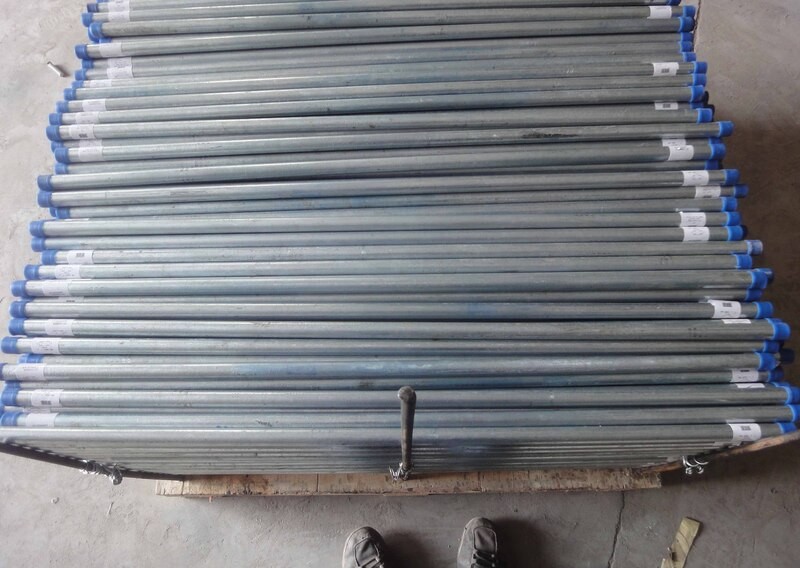
Conclusion
Navigating the landscape of European pipe standards—from EN and DIN to ISO—is fundamental for any pipe fittings exporter targeting the region. Prioritizing certification and compliance will streamline your market access, enhance your brand reputation, and meet the precise demands of European industrial clients.
For suppliers of industrial pipe fittings, investing in understanding these standards is investing in long-term export success.
